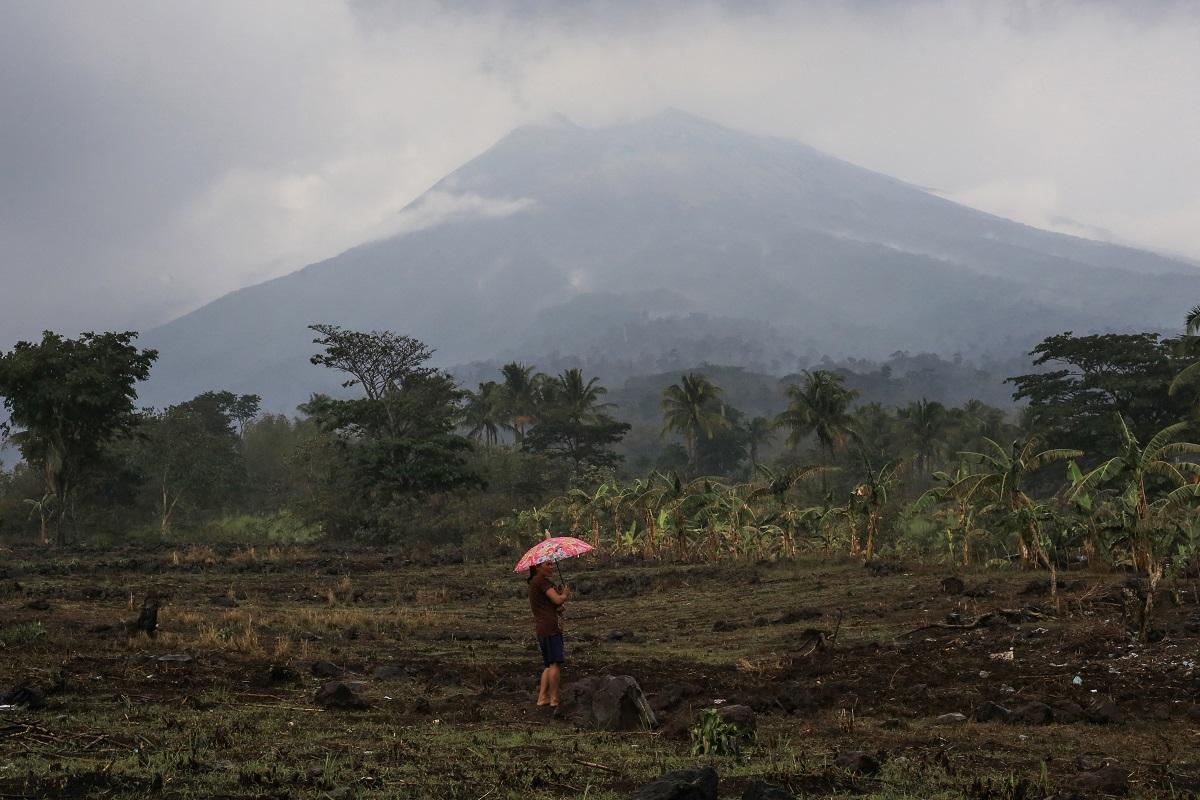Elevated sulfur dioxide emission observed in Kanlaon - PHIVOLCS

An increase in the emission of volcanic sulfur dioxide from Mount Kanlaon’s crater was observed on Saturday, the Philippine Institute of Volcanology and Seismology (PHIVOLCS) said.
In an advisory, the PHIVOLCS said the volcano emitted an average of 4,397 tonnes of volcanic sulfur dioxide based on the latest Flyspec measurements.
“This is the highest emission this year measured by campaign survey and the second highest land-based measure for Kanlaon,” said PHIVOLCS.
State volcanologists said that Kanlaon has been degassing an average of 1,458 tonnes a day of volcanic sulfur dioxide this year.
But since its eruption on June 3, the volcano has been emitting an average of 3,347 tonnes daily.
“In case of ash fall events that may affect communities downwind of Kanlaon’s crater, people should cover their nose and mouth with a damp, clean cloth or dust mask,” the PHIVOLCS advised.
The agency added that an average of 33 volcanic earthquakes have been recorded since the eruption.
The PHIVOLCS said that the medium-term inflation of Kanlaon’s edifice since March 2022 and the short-term inflation of the volcano’s eastern flank since last year have indicated a “slow pressurization” within the volcano.
“The overall monitoring parameters indicate that degassing of magma may be driving current unrest, causing increased volcanic gas emission, swelling of the edifice, and occasional volcanic earthquake activity,” it said.
Alert Level 2, or a state of unrest that could eventually lead to explosive eruptions, remains over Kanlaon.
Entry into the volcano's four-kilometer permanent danger zone remained prohibited. The flying of aircraft close to the volcano is also barred.
People living along rivers are also advised to take extra caution during heavy rain due to possible lahar flows. —VBL, GMA Integrated News

Need a wellness break? Sign up for The Boost!
Stay up-to-date with the latest health and wellness reads.
Please enter a valid email address
Your email is safe with us






